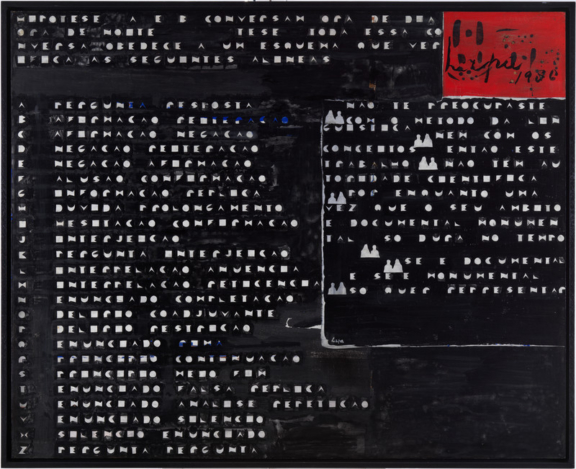
Álvaro Lapa
Conversa (quadro geral e exemplo)
Évora, Portugal, 1939 – Porto, Portugal, 2006
Álvaro Lapa was born in Évora on the 31st of July 1939, and remained within the culturally isolated environment of this city throughout his childhood and adolescence in the 40’s and 50’s. In high school he was student of the writer Vergílio Ferreira (1916-1996), who awakened his interest in art through literature, and colleague of António Palolo and Joaquim Bravo, both future painters he shared affinities with. His first contact with painting took place in his drawing lessons with António Charrua. In 1956, he established himself in Lisbon, firstly enrolling himself in the Faculty of Law, and later in the Faculty of Philosophy, but he only completed his undergraduate in 1975.
In June of 1961, he took his first trip abroad, to Paris, where he established a relationship with painters closely linked to surrealism and with North American art, in particular with the work of Robert Rauschenberg.Once he returned to Portugal he began to paint, encouraged by António Areal, who provided him with a model of a painting without school, the idea of New Figuration and the work of Robert Motherwell as reference.
In March 1964, Lapa executed his first solo exhibition in the recently inaugurated Gallery 111, followed by presentations in the Gallery Divulgação and the Gallery Buchholz. During these years, the painting he practices is assuredly abstractionist and informal. During his stay in Lagos, to which he moved in 1965, his painting began to be characterized by a structure formed of narrative series and by the emergence of the written word as a compositional element within his work.Lapa’s methodology resorts consistently to a strict set of symbols, themes and compositions, and the use of “poor” materials, alternating between enamel and acrylic paint on platex. It was also in the Algarve, in his retreat in Porto de Mós where he re-encountered Bravo and Palolo and deepened his friendship with the sculptor João Cutileiro, that Lapa began to write.
His first book, Raso como chão [Flat as a floor] is published in 1977. Around this time, he establishes himself definitively in Oporto. There he taught Aesthetics at the Faculty of Fine Arts, sharing with his students texts by Gilles Deleuze and Theodor Adorno. Theory of art is part of his literary work, publishing several texts in his exhibition’s catalogues. In his books one also finds poetry and surrealist short stories, accompanied at times by drawings and cut-outs, reminiscent of the fragment or the cut-up he discovered in William Burroughs. The written word began to be ever more present in his art: in the embroideries of As Profecias de Abdul Varetti [The Prophecies of Abdul Varetti], and in the inscriptions in the very support of his paintings in the series Conversas [Conversations]. The expressivity and repetition of the titles of series or individual paintings function as a symbolic reference which, together with the use of a restricted number of visual elements, re-employed from series to series, emphasize the notion of a work created as a closed system. The “grids” appear in the series Os Criminosos e as Suas Propriedades [Criminals and their Property] and Que Horas São que Horas [What Time is the Time]; his literary canon, in the series Cadernos [Notebooks], one of them, Céline’s Notebook (1990), in the CAM collection; the dark figures in Gauguin or Passeio [Stroll].
Despite a positive critical reception of his work, Lapa remained at the margins of the mechanisms of artistic recognition, an attitude that also reflected his refusal of culturally established forms. Nonetheless, in 1978, Fernando Pernes (1936-2010) organized the first retrospective of Álvaro Lapa’s work, in the Centre of Contemporary Art in Oporto, and the beginning of the 80’s were marked by a commercial interest in his work, as the success achieved by his exhibitions at the Gallery Valentim de Carvalho demonstrate. The recognition of his significance and work continued through the retrospective exhibitions in the Serralves Museum (Oporto) and the Museum Calouste Gulbenkian, in 1994, and in the attribution of a EDP Award in 2004.
Álvaro Lapa passed away in Oporto on the 11th of February 2006, leaving an oeuvre that stands as a personal mythology, developed from within, self-enveloped and structured as an enigma, which entices by resisting decryption and clarification.
André Silveira
May 2010

Conversa (quadro geral e exemplo)
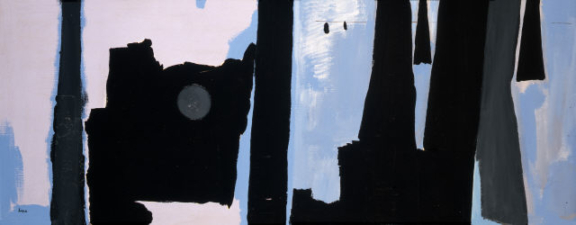
Passeio – 4 [Walk – 4]
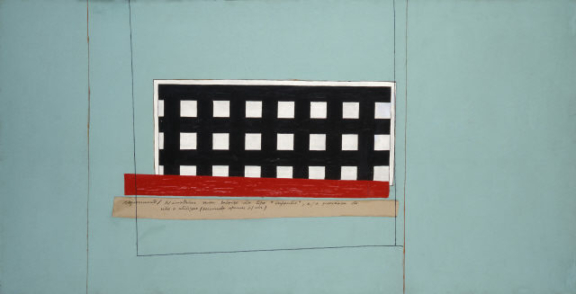
Os Criminosos e as suas Propriedades [Criminals and their Properties]
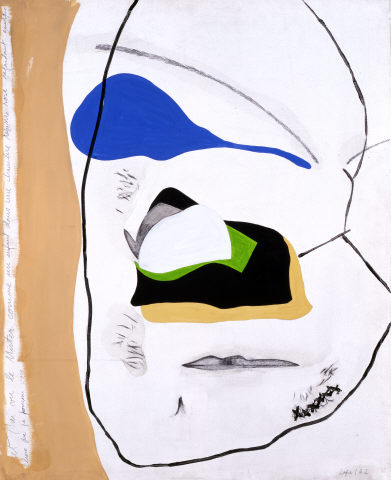
Voici nos Acteurs
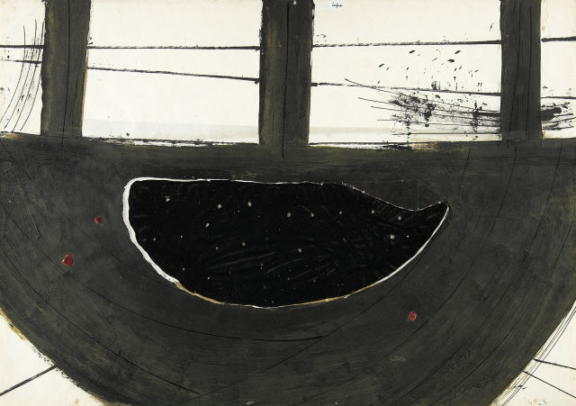
Embarcação [Embarkation]
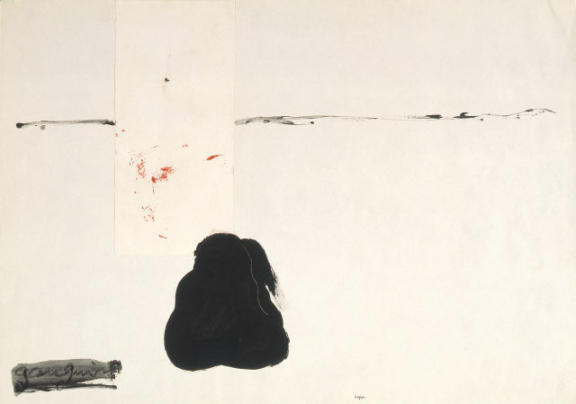
Gauguin
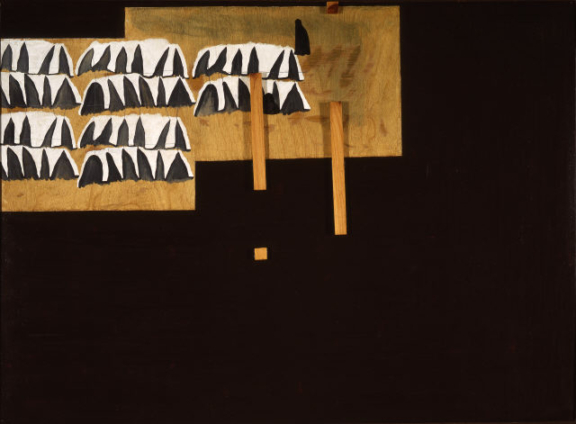
Auto
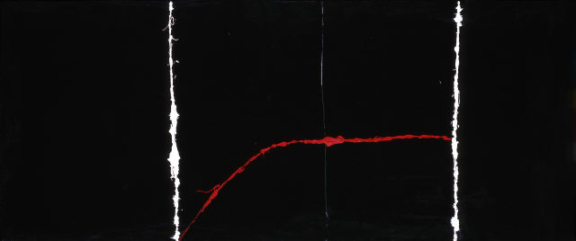
Caderno de Céline [Céline’s Notebook]
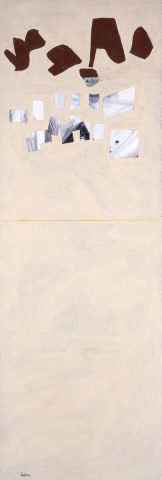
Francisco de Assis [Francis of Assisi]